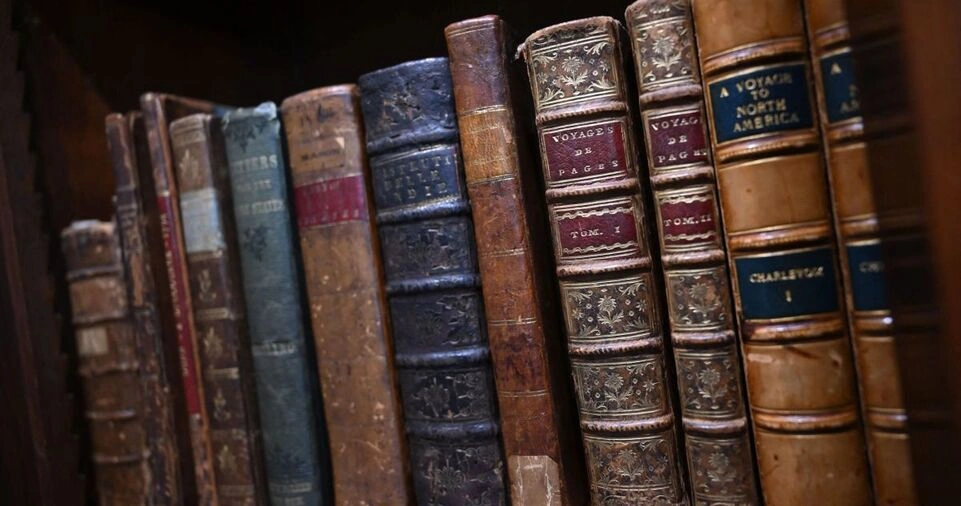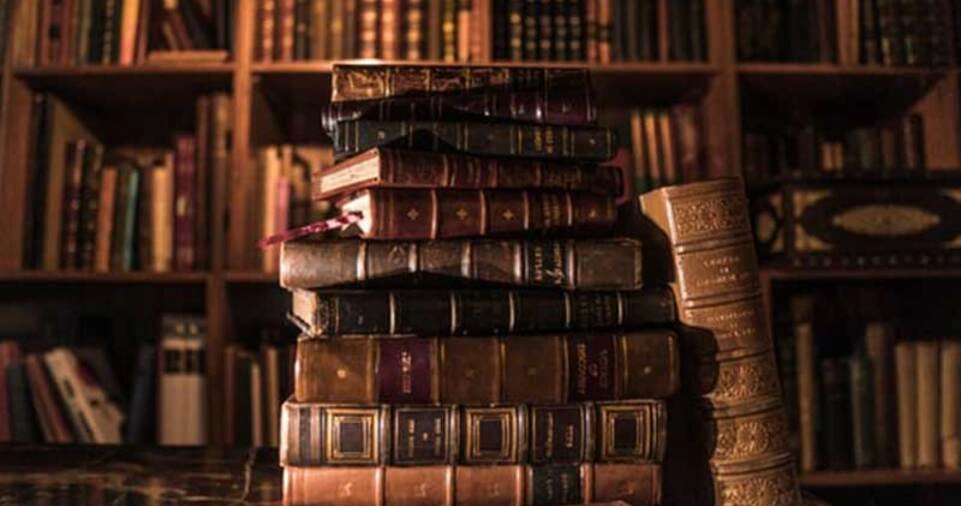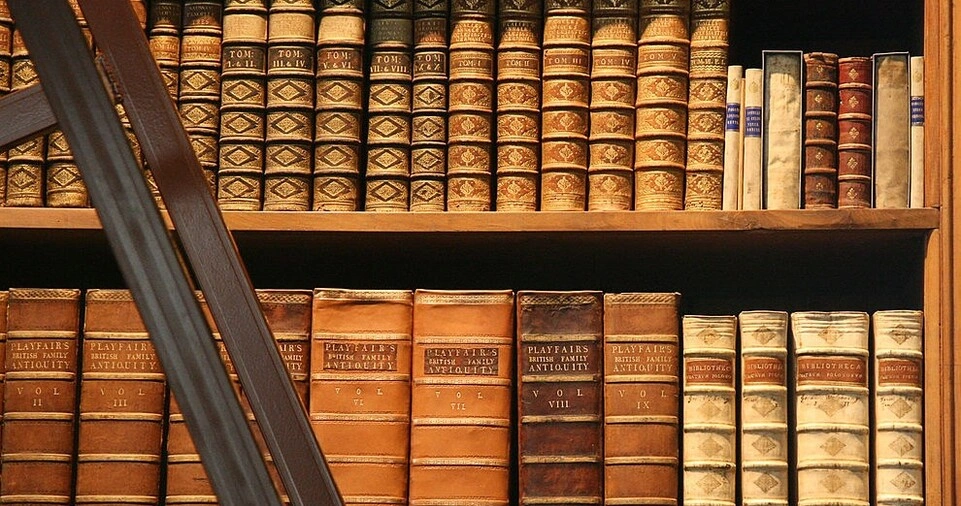Rare book collecting is a fascinating and rewarding pursuit that bridges history, culture, and art. It offers enthusiasts a chance to own pieces of literary history, explore the craftsmanship of bygone eras, and preserve stories that shaped civilizations.
For beginners, however, this world can feel vast and intimidating. How do you differentiate a rare book from a regular one? What factors determine its value? Where do you even begin?
This guide aims to demystify the process and provide a detailed roadmap to help you start your journey with confidence.
Whether you’re drawn to the first editions of literary classics, autographed volumes by legendary authors, or books with historical significance, rare book collecting can become a lifelong passion that combines learning, exploration, and investment.
Let’s delve into the essentials of rare book collecting, exploring everything from understanding rarity to building relationships with dealers and preserving your treasures.
By the end of this guide, you’ll have the knowledge and tools to confidently embark on this exciting adventure.
What Makes a Book Rare?
Rare books are prized possessions, but rarity goes beyond age.
Here are the primary factors that contribute to a book’s rarity:
Limited Editions
Books published in small quantities are inherently rare. Limited editions are often designed for collectors and may include special bindings, illustrations, or features that set them apart from mass-market releases.
For example, deluxe editions of famous works with only a few hundred copies printed can become highly sought-after collectibles.
First Editions
A first edition refers to the first printing of a book, often before it gains widespread popularity. If a book becomes a classic, the demand for its first edition skyrockets.
For instance, a first edition of J.K. Rowling’s Harry Potter and the Philosopher’s Stone is worth thousands due to its limited initial print run.
Signed Copies
Books autographed by the author or an individual associated with the book’s creation hold significant value.
A signed copy of a beloved work provides a personal connection to its creator, increasing its desirability among collectors.
Historical or Cultural Significance
Books that played a pivotal role in history or reflect significant cultural moments are highly prized. Examples include original printings of foundational texts like The Federalist Papers or works by authors who revolutionized literature, such as Charles Dickens or Virginia Woolf.
Unique Features
Misprints, annotations by previous owners, or bindings created by renowned bookbinders can make a book rare. These unique features often tell a story, adding to the book’s intrigue and value.
Define Your Focus as a Collector
Rare book collecting is a broad field, so narrowing your focus allows you to build a meaningful and cohesive collection.
Here’s how to define your focus:
Choose an Author
Focusing on a specific author helps you create a comprehensive collection. For example, collecting the works of Ernest Hemingway or Agatha Christie offers a deep dive into their literary evolution.
Explore Genres
Do you love science fiction, poetry, or mystery? Selecting a genre lets you explore its development over time and identify key works and authors.
Pick an Era or Region
Books from a particular time period or region, such as Victorian England or early American literature, offer unique insights into the history and culture of that era.
Themes or Subjects
Some collectors focus on books related to specific themes, such as feminism, exploration, or art. This approach creates a collection that reflects personal interests and passions.
Learn the Language of Rare Book Collecting

Understanding the terminology used in rare book collecting is crucial for making informed purchases.
Here are key terms to familiarize yourself with:
Fine Condition
A book described as being in “fine” condition shows minimal wear, retaining its original appearance and structural integrity. This designation is highly desirable among collectors.
Dust Jacket
The dust jacket is the paper cover that protects the book. Its presence, especially in good condition, significantly affects a book’s value. Many older books’ dust jackets are rare because they were often discarded.
Provenance
Provenance refers to the history of a book’s ownership. Books with documented provenance, such as ownership by a famous individual, can command higher prices.
Foxing
Foxing refers to brown spots or discoloration that appear on paper due to age and environmental factors. While common in older books, excessive foxing can reduce a book’s value.
Colophon
The colophon is an inscription, usually at the end of the book, that provides details about its publication, such as the printer’s name and the number of copies printed.
Research and Educate Yourself
The more you know, the better equipped you’ll be to recognize valuable finds and avoid costly mistakes.
Here’s how to educate yourself:
Read Books on Collecting
Books like ABC for Book Collectors by John Carter or The Book Collector’s Handbook by Nicolas Barker provide foundational knowledge for beginners.
Join Online Communities
Participate in forums and social media groups dedicated to book collecting. Websites like LibraryThing and AbeBooks offer valuable insights and discussions.
Study Auction Catalogues
Reviewing auction catalogues gives you an idea of what books are in demand and their market value. Major auction houses like Sotheby’s and Christie’s regularly publish catalogues of rare book sales.
Explore Online Databases
Websites like WorldCat and AbeBooks provide information about specific editions, prices, and availability. Use these tools to compare listings and verify authenticity.
Start Small and Build Experience
Starting small allows you to gain experience and confidence before making significant investments.
Here are some tips:
Seek Affordable First Editions
Modern first editions, especially by emerging authors, can often be acquired at reasonable prices. These books have the potential to increase in value over time.
Visit Estate Sales and Thrift Shops
Estate sales, thrift shops, and library sales are excellent places to find hidden gems at bargain prices. Always inspect the books carefully for condition and authenticity.
Buy from Reputable Dealers
Purchasing from trusted dealers ensures you receive authentic books. Look for dealers who are members of professional organizations like the Antiquarian Booksellers’ Association (ABA).
ALSO READ: How to Make Reading a Family Activity: Tips for Parents
Attend Rare Bookshops and Fairs

Rare bookshops and fairs are hubs for collectors, offering opportunities to:
Inspect Books Firsthand
Unlike online purchases, visiting a shop or fair allows you to physically examine books, assess their condition, and appreciate their craftsmanship.
Network with Dealers and Collectors
Building relationships with experienced dealers and fellow collectors can lead to insider tips and exclusive opportunities.
Explore Unique Finds
Book fairs often feature rare and unusual items that aren’t listed online. They’re also great places to negotiate prices and discover one-of-a-kind treasures.
Preserve and Protect Your Collection
Proper preservation is essential to maintain the value and condition of your books. Follow these best practices:
Store Books in a Controlled Environment
Keep books in a cool, dry place with stable temperature and humidity. Avoid exposure to direct sunlight, which can cause fading and damage.
Use Archival Materials
Store fragile or valuable books in archival-quality covers, boxes, or sleeves to protect them from dust and handling.
Handle with Care
Always handle rare books with clean hands, and avoid bending spines or dog-earing pages. Use book cradles or supports when reading fragile volumes.
Regularly Inspect Your Collection
Check your books periodically for signs of damage, such as mold, pests, or deterioration. Address issues promptly to prevent further harm.
Build Relationships with Dealers
Developing relationships with knowledgeable dealers is invaluable for finding quality books and gaining expert advice.
Here’s how to establish these connections:
Visit Local Bookshops
Frequenting local rare bookshops helps you build rapport with dealers who can alert you to new arrivals or special items that match your interests.
Attend Book Fairs and Auctions
Engage with dealers at fairs and auctions. Showing genuine interest and asking thoughtful questions demonstrates your commitment to the hobby.
Join Professional Organizations
Membership in groups like the Antiquarian Booksellers’ Association connects you to a network of professionals who uphold high standards of integrity.
Track Your Collection
Keep Detailed Records
Maintaining an inventory of your books helps you track your collection’s growth and value.
Record the following details:
- Title, author, and publication details.
- Purchase date and price.
- Condition and any unique features.
- Estimated market value.
Use spreadsheets or specialized software to organize your records and ensure they’re easily accessible.
ALSO READ: How to Properly Store and Preserve Your Books for Longevity
Patience and Persistence Pay Off
Enjoy the Journey
Rare book collecting is a long-term endeavor that rewards patience, curiosity, and dedication.
The thrill of discovering a coveted item, learning its history, and adding it to your collection is unmatched.
Embrace the process, and remember that the joy is as much in the hunt as it is in the acquisition.
By following this guide, you’ll not only develop a valuable collection but also a deeper appreciation for the art, history, and stories behind the books.
Happy collecting!

